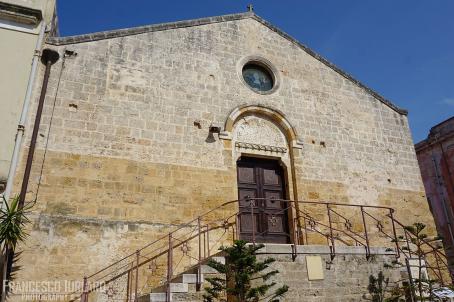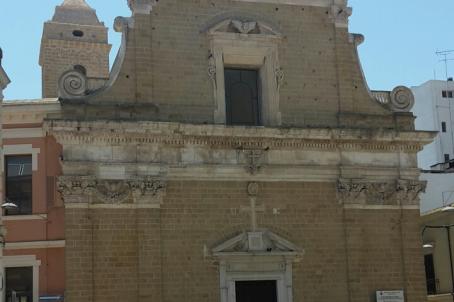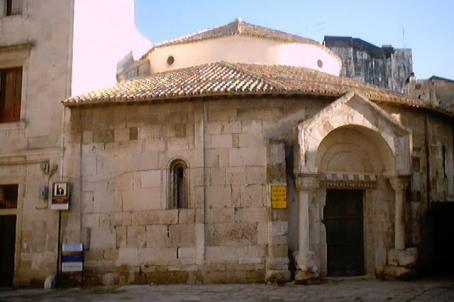Chiesa del Cristo
The Church of Christ or Crucifix was built in 1232 by Friar Nicola Paglia of Giovinazzo and was the seat of the Dominicans. It has a façade with alternating white and grey stones, crowned by small stepped arches and a beautiful rose window.






